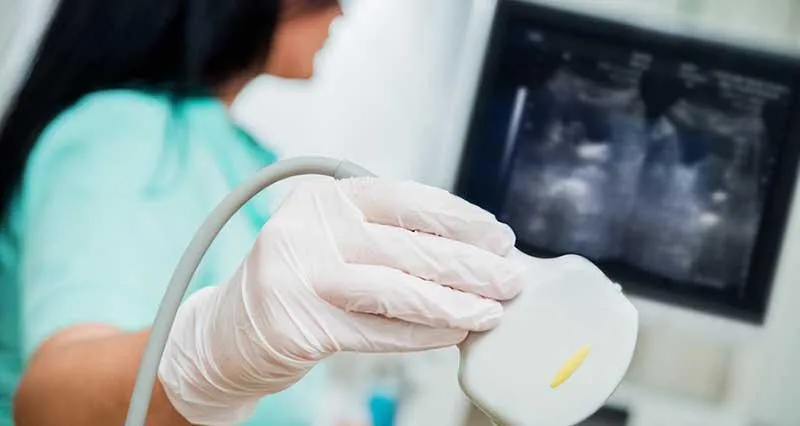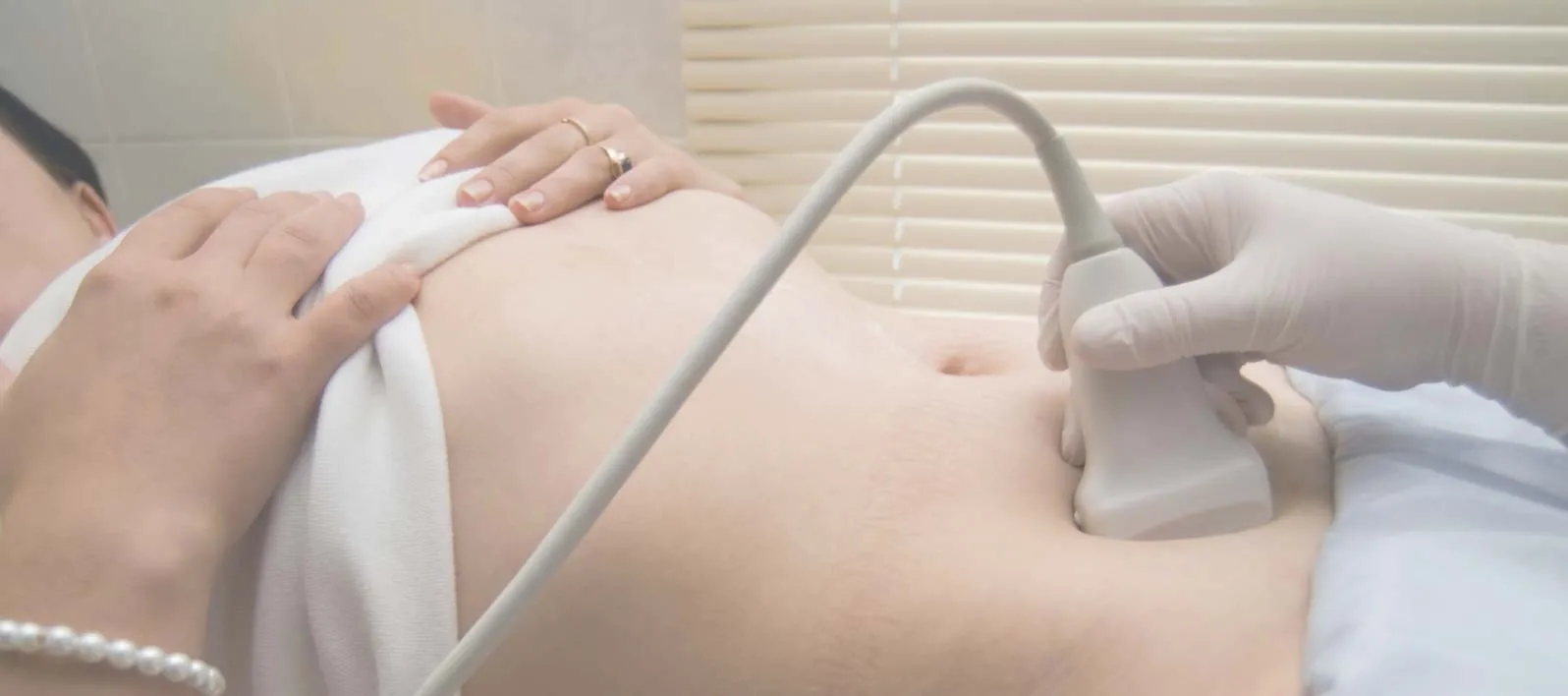Types of hernias:
Hernias can occur throughout the body, but most often develop in the areas of your body between your chest and hips.
Some of the more common types of hernia are:
Inguinal hernias occur when fatty tissue or a part of your bowel pokes through into your groin at the top of your inner thigh. This is the most common type of hernia, and it mainly affects men. It is often associated with ageing and repeated strain on the abdomen.
Femoral hernias also occur when fatty tissue or a part of your bowel pokes through into your groin at the top of your inner thigh. They are much less common than inguinal hernias and tend to affect more women than men. Like inguinal hernias, femoral hernias are also associated with ageing and repeated strain on the abdomen.
Umbilical hernias occur when fatty tissue or a part of your bowel pokes through your abdomen near your belly button (navel).
Other types of hernia that can affect the abdomen:
- Incisional hernias – these occur when tissue pokes through a surgical wound in your abdomen that has not fully healed.
- Epigastric hernias – these occur when fatty tissue pokes through your abdomen, between your navel and the lower part of your breastbone (sternum).
- Spigelian hernias – these occur when part of your bowel pokes through your abdomen at the side of your abdominal muscle, below your navel.
















